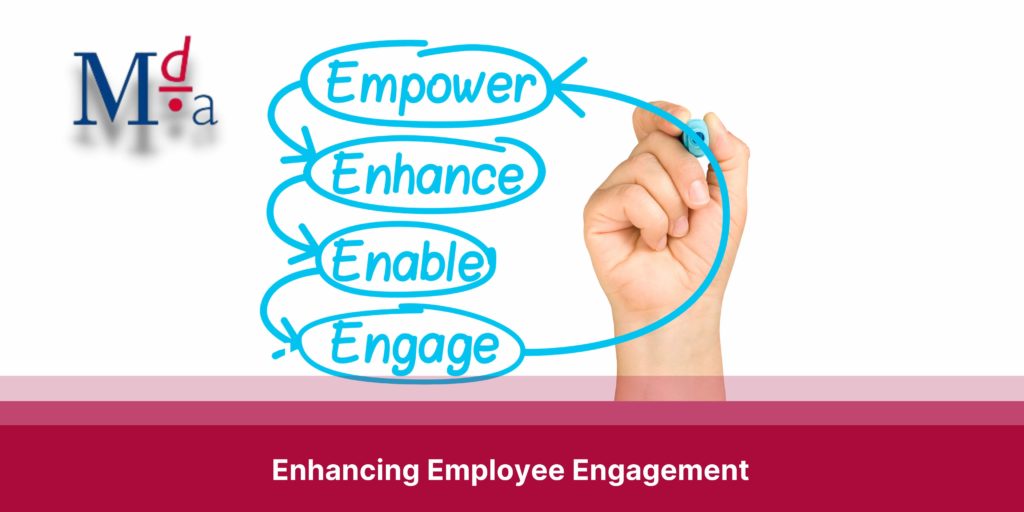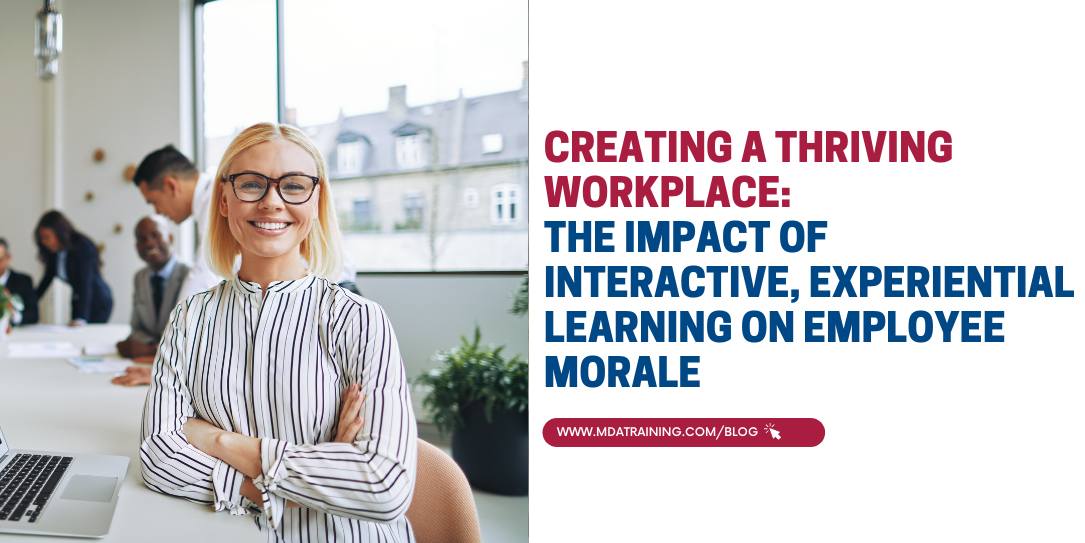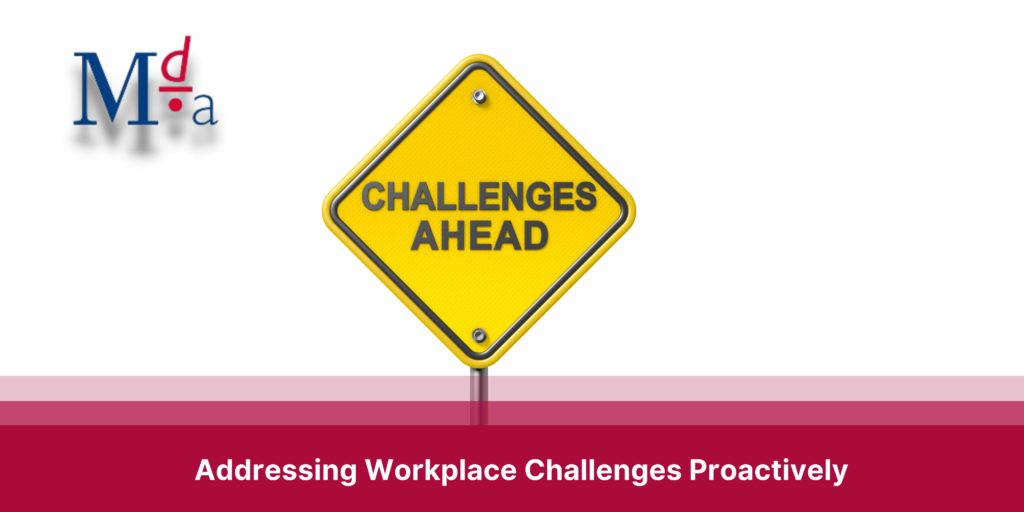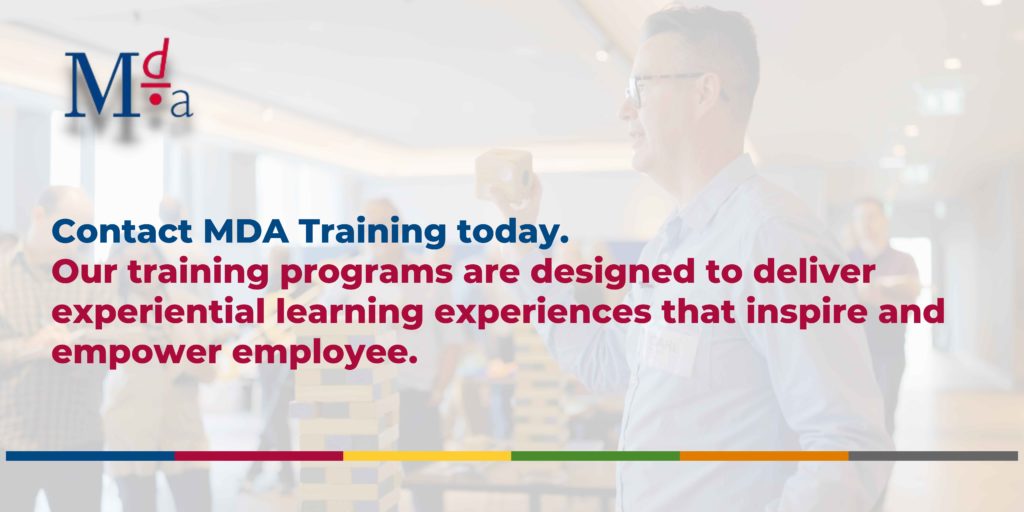In today’s fast-paced business world, the success of any organisation hinges on its most valuable asset: its employees. A thriving workplace is one where employees feel motivated, engaged, and supported, leading to increased productivity and higher overall morale. One powerful strategy to achieve this is through interactive, experiential learning programs. In this article, we explore the profound impact of such initiatives on employee morale and how they contribute to creating a workplace where everyone can flourish.
Understanding Interactive, Experiential Learning
Interactive, experiential learning is a dynamic approach that goes beyond traditional training methods. It immerses employees in real-life situations, enabling them to apply their knowledge and skills actively. This form of learning engages individuals through hands-on experiences, simulations, case studies, role-plays, and collaborative exercises. By encouraging active participation, employees are better able to retain information and acquire practical problem-solving abilities.
1. Fostering a Culture of Continuous Learning
In today’s rapidly evolving business landscape, organisations must adapt to stay competitive. One key factor that sets successful companies apart is their ability to foster a culture of continuous learning. A workplace that values learning and encourages employees to develop new skills and knowledge not only stays ahead of the curve but also boosts employee morale and engagement
1.1 Understanding the Value of Continuous Learning
Continuous learning refers to the process of acquiring new knowledge and skills on an ongoing basis, rather than just through formal education. It is an essential aspect of personal and professional growth, enabling individuals to adapt to changing circumstances and excel in their roles. When employees are encouraged to engage in continuous learning, they feel valued by the organisation, leading to higher job satisfaction and loyalty.
1.2 Embracing Lifelong Learning Opportunities
To foster a culture of continuous learning, organisations need to embrace various lifelong learning opportunities for their employees. This can be achieved through:
1.2.1 Training and Development Programs
Implementing comprehensive training and development programs is crucial for nurturing a learning culture. These programs can range from technical skill workshops to leadership development initiatives. By investing in their employees’ growth, organisations demonstrate their commitment to their workforce’s success and well-being.
1.2.2 Providing Access to Learning Resources
Making learning resources easily accessible to employees is vital. This includes online courses, webinars, e-books, and subscriptions to industry publications. Giving employees the tools, they need to expand their knowledge empowers them to take charge of their learning journey.
1.2.3 Encouraging Learning Opportunities within the Workplace
Organisations can create an environment that encourages learning within the workplace. For instance, promoting knowledge-sharing sessions, lunch-and-learns, or mentorship programs allows employees to learn from their peers and superiors. This fosters a sense of community and collaborative learning.
1.2.4 Supporting Further Education
Supporting employees who wish to pursue further education, such as advanced degrees or certifications, showcases a commitment to their professional development. Providing financial assistance or flexible scheduling for educational pursuits can significantly boost employee morale and loyalty.
2. Building Stronger Teams Through Collaboration

Collaboration is the process of individuals or groups working together to achieve a common goal or solve a problem. It involves pooling diverse skills, knowledge, and perspectives to create innovative solutions and make well-informed decisions. When teams embrace collaboration, they go beyond individual contributions, leveraging the collective strength of the group.
2.1 The Power of Collective Intelligence
When individuals collaborate, they tap into what is known as collective intelligence. This concept highlights how the combination of different talents and ideas leads to smarter and more effective outcomes. In a collaborative environment, team members bring their unique strengths, experiences, and viewpoints to the table, leading to more comprehensive problem-solving and higher-quality results.
2.2 Breaking Down Silos for Seamless Collaboration
Silos within an organisation can hinder collaboration and limit communication between departments or teams. Breaking down these silos is essential for fostering effective collaboration. Management should encourage open communication channels, cross-functional projects, and shared goals to promote collaboration and enhance team cohesion.
2.3 The Role of Leadership in Promoting Collaboration
Effective leaders play a critical role in promoting collaboration within their teams. They should lead by example, demonstrate the value of collaboration, and encourage open dialogue among team members. Leaders should also provide the necessary resources and support to facilitate collaborative efforts and ensure that each team member’s voice is heard and respected.
2.4 Building Trust and Psychological Safety
Collaboration thrives in an environment of trust and psychological safety. When team members feel comfortable sharing their ideas without fear of judgement or reprisal, they are more likely to contribute actively and engage in open discussions. Leaders must create a safe space where diverse opinions are welcomed and valued.
2.5 Empowering and Embracing Diversity
Diversity is a powerful catalyst for collaboration. Teams that comprise individuals with different backgrounds, experiences, and perspectives are more likely to generate innovative ideas and solutions. Leaders should actively seek diversity and empower each team member to contribute authentically.
2.6 Enhancing Communication and Active Listening
Effective collaboration requires strong communication skills and active listening. Team members should be encouraged to express their thoughts and ideas clearly and concisely. Likewise, active listening ensures that each team member feels heard and understood, fostering a sense of trust and camaraderie.
2.7 Leveraging Technology for Virtual Collaboration
In today’s remote work landscape, technology plays a vital role in enabling collaboration among dispersed teams. Virtual collaboration tools such as video conferencing, project management platforms, and instant messaging facilitate seamless communication and ensure that remote team members can collaborate effectively.
2.8 Celebrating Collaborative Achievements
Recognising and celebrating collaborative achievements is essential for reinforcing the value of teamwork. When teams successfully collaborate to achieve a goal, leaders should acknowledge their efforts and contributions, fostering a positive feedback loop that encourages continued collaboration.
3. Empowering Employees with Decision-Making Skills

In today’s dynamic and fast-paced business environment, the ability to make effective decisions is a critical skill for every employee. Empowering employees with decision-making skills not only leads to more confident and capable individuals but also contributes to the overall success of the organisation.
3.1 Developing Decision-Making Skills
To empower employees with decision-making skills, organisations can implement the following strategies:
3.1.1 Training and Workshops
Offering training and workshops specifically focused on decision-making equips employees with the necessary tools and frameworks for making informed choices. These sessions can cover problem-solving techniques, critical thinking, and risk assessment.
3.1.2 Mentoring and Coaching
Pairing employees with experienced mentors or coaches provides valuable guidance and support in honing decision-making skills. Mentors can share their experiences and offer insights into effective decision-making.
3.1.3 Simulations and Role-Plays
Simulations and role-plays allow employees to practise decision-making in a controlled environment. These exercises provide opportunities to test different scenarios and outcomes without real-world consequences.
3.1.4 Cross-Functional Exposure
Encouraging cross-functional exposure exposes employees to diverse perspectives and challenges. Working with colleagues from different departments allows individuals to understand the implications of their decisions on various aspects of the organisation.
3.1.5 Feedback and Evaluation
Regular feedback and evaluation help employees understand the impact of their decisions and identify areas for improvement. Constructive feedback fosters continuous learning and growth.
4. Enhancing Employee Engagement

Employee engagement is a crucial factor in determining workplace morale. Engaged employees are enthusiastic, committed, and willing to go the extra mile. Interactive, experiential learning plays a pivotal role in enhancing employee engagement by making learning enjoyable and relevant. As employees interact with real-life scenarios, they become emotionally invested in their learning journey, leading to a deeper understanding and retention of information. Learn more here.
5. Addressing Workplace Challenges Proactively
In any workplace, challenges are inevitable. However, how an organisation tackles these challenges can make all the difference in its success and employee morale. Addressing workplace challenges proactively is a crucial aspect of creating a thriving and resilient work environment.
5.1 Identifying Common Workplace Challenges
Before addressing challenges proactively, it is essential to identify common workplace challenges that may arise. These challenges can include:
5.1.1 Communication Issues
Poor communication can lead to misunderstandings, conflicts, and decreased productivity. Addressing communication challenges proactively involves implementing effective communication channels and encouraging open and transparent dialogue among employees.
5.1.2 Workload Imbalance
Uneven work distribution can result in stress and burnout among some employees, while others may feel underutilised. Proactively addressing workload imbalances requires monitoring workloads, delegating tasks fairly, and providing necessary support and resources.
5.1.3 Resistance to Change
Change is a constant in today’s business world, but resistance to change can hinder progress and innovation. Proactive strategies to address resistance include effective change management, clear communication about the reasons for change, and involving employees in the decision-making process.
5.1.4 Lack of Employee Recognition
A lack of recognition can lead to demotivated employees and reduced engagement. Proactively recognising and rewarding employees for their contributions fosters a positive and appreciative work environment.
6. Improving Employee Performance and Productivity
Employee morale and performance are inherently linked. A positive workplace environment, fostered by interactive, experiential learning, drives employees to perform at their best. As individuals feel supported and equipped with the necessary skills, they become more efficient and productive in their roles. This increase in productivity not only benefits the organisation but also instil a sense of pride and satisfaction in the employees.
7. Measuring the Impact: Employee Morale Surveys
To gauge the effectiveness of interactive, experiential learning on employee morale, conducting regular employee morale surveys is essential. These surveys provide valuable insights into the overall satisfaction levels, engagement, and motivation of the workforce. Armed with this data, companies can identify areas for improvement and make data-driven decisions to further enhance employee morale.
What’s Next?
Fostering a thriving workplace is a continuous endeavour that demands dedication and commitment from both employers and employees. One powerful tool to achieve this objective is interactive, experiential learning. This approach plays a pivotal role in creating a culture of continuous learning, strengthening teams, empowering employees, and proactively addressing challenges, thereby significantly boosting employee morale.
Companies that embrace interactive, experiential learning witness a remarkable transformation in their workforce. Engaged, motivated, and skilled employees become the driving force behind a successful organisation. To truly excel in today’s ever-evolving business landscape, it is crucial to invest in your employees’ growth and development.
At MDA Training, we understand the significance of interactive learning and its impact on workplace success. Our training programs are designed to deliver experiential learning experiences that inspire and empower employees. By engaging participants in hands-on activities, group discussions, and real-life simulations, we equip them with the skills and mindset needed to thrive in their roles and contribute meaningfully to your organisation’s growth.
If you are interested in experiencing the power of interactive learning firsthand, we invite you to get in touch with MDA Training today for a free demo. Discover how our training programs can transform your workplace and take your organisation to new heights. Together, let’s build a thriving and prosperous future for your business.
























